Categorization:Harness Component
Whether it is for display modules, camera modules, vehicle-mounted systems, laptops, or VR devices, the commonly used LVDS ribbon cables, which are also known as differential pair cables, are being replaced by a new type of cable material called **Micro Coaxial Cable**.
This is not the result of the industry chasing the "new trend," but the inevitable choice of the continuous upgrade of high-speed signal transmission technology. What makes it replace LVDS and become the new favorite? We can analyze it from aspects such as signal characteristics, structural design, anti-interference performance, and processing technology.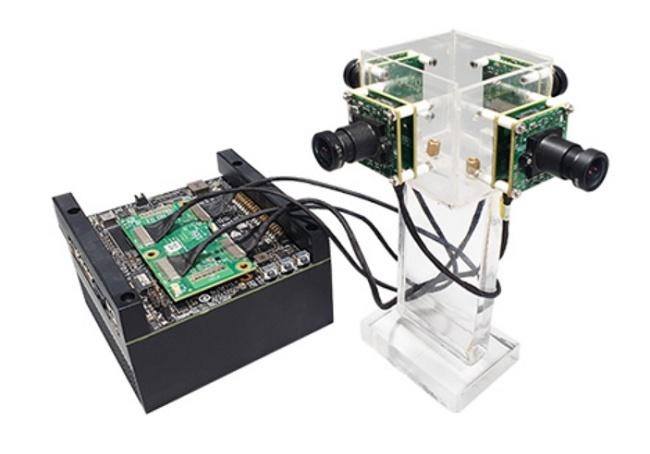
LVDS trace: stable and reliable, but has shown its bottleneck
LVDS (Low Voltage Differential Signal) is a mature and widely used technology, which has long been the standard solution in the display interface field due to its low power consumption, anti-interference capability, and medium to high-speed transmission, such as notebook display cables, industrial displays, and camera modules.
However, with the continuous improvement of screen resolution and refresh rate, the performance bottleneck of LVDS wiring has gradually emerged. Although flat cables are cheap and soft, they show obvious shortcomings under high-frequency signal transmission:
Cables are prone to cross-talk between lines.
Signal delay is difficult to match accurately.
The longer the transmission distance, the greater the signal loss.
The EMI (Electromagnetic Interference) problem is prominent.
When the transmission rate reaches several Gbps, these issues are further magnified, often leading to system instability or abnormal display.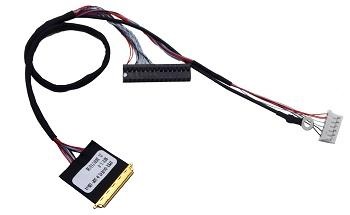
High-frequency signal ideal solution: extremely fine coaxial cable
So-called "extremely fine coaxial cables" are high-performance cables that have been miniaturized from traditional coaxial structures, with diameters typically around 0.3mm to 0.5mm, even finer. They still retain the typical structure of central conductor, insulating medium, shielding layer, and outer sheath, but have significant advantages in performance:
Screening performance excellent: Each wire has an independent shielding layer, effectively suppressing external electromagnetic interference.
High impedance consistency:有利于保证高速差分信号的完整性。
High-frequency loss is low: the signal integrity and stability are greatly improved.
Flexible and voluminous: small diameter, good bending properties, suitable for compact or foldable space wiring.
Therefore, when products require higher bandwidth, stronger EMC performance, and more reliable signal transmission, micro coax often becomes a more secure choice.
Why are more and more devices choosing Micro Coax
Higher data rate requirements: Applications such as 4K/8K display, AI camera, VR devices, etc., lead to a sharp increase in signal bandwidth. The crosstalk and loss of LVDS wiring under high frequencies are difficult to control, while micro coax can easily support multi-Gbps level transmission.
To meet more stringent EMC requirements: In fields such as vehicle electronics, industrial automation, and AI servers, there are extremely high requirements for electromagnetic compatibility. The shielding layer of a coaxial structure can effectively isolate interference sources.
Adapting to thin and light structure design: Modern devices have limited space and frequent bending, flat wiring is easily damaged and has poor anti-interference performance; micro coaxial cable is more flexible and更适合 high-density wiring.
The signal synchronization is superior: the unified shielding structure ensures better consistency of signal delay, significantly reducing the error rate.
Manufacturing technology is becoming increasingly mature: with the introduction of standardized interfaces and the popularization of automated processing technology by manufacturers such as I-PEX and Hirose, the cost and stability of micro coax have been greatly improved.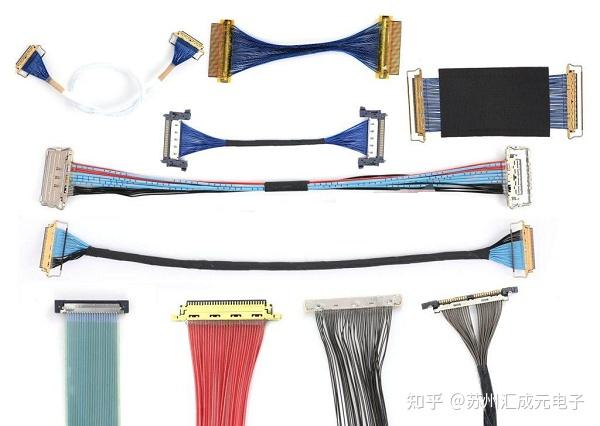
Not all applications are suitable for replacement.
Micro coax is currently mainly applied in high-speed, anti-interference, and high-reliability fields, such as:
High-speed camera module connection with the main board;
High-speed signal transmission for foldable screens and hinge locations.
In-car display and ADAS system
High-speed channel inside VR/AR headsets.
For products that are cost-sensitive or have lower signal rate requirements, such as mid-to-low-end industrial displays or ordinary consumer electronics, LVDS wiring still offers cost-performance advantages.
Therefore, the future trend is hierarchical coexistence: high-speed parts use micro coax, while low-speed parts still use LVDS.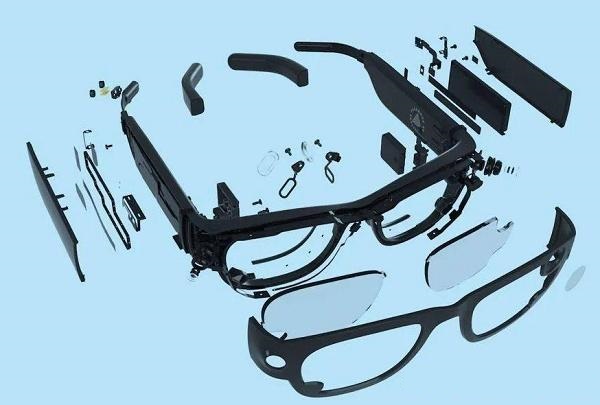
Five, future trend: moving towards the miniaturized era of high-frequency interconnection
With the advancement of interface standards such as eDP, DisplayPort, and SerDes towards higher bandwidth, the application scope of micro coax will continue to expand. It can also be combined with flexible circuits (FPC) to form a thinner and more integrated hybrid cable structure.
It can be anticipated that micro coax will become the mainstream interconnection method for high-end electronic equipment in the coming years.
Its value lies not only in the improvement of transmission performance, but also in the enhancement of system stability and overall reliability.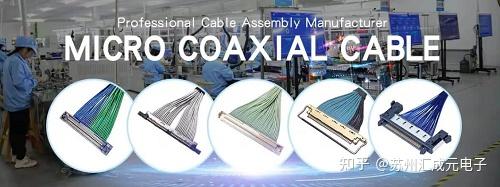
The popularity of extremely thin coaxial cables is not accidental.
It solves many limitations of LVDS wiring in high-frequency signal transmission—stronger shielding, lower loss, higher consistency, and more flexible routing capabilities.
Although LVDS still has its survival space, micro coax is gradually becoming the core force of the new generation of high-speed interconnection.
I am[Suzhou Huichengyuan Electronic]Focuses on the design and customization of high-speed signal cables and ultra-fine coaxial cables, committed to providing customers with efficient and reliable high-speed interconnection solutions.
If you need any product or technical consultation, please feel free to contact:Manager Zhang 18913228573 (WeChat same number)。